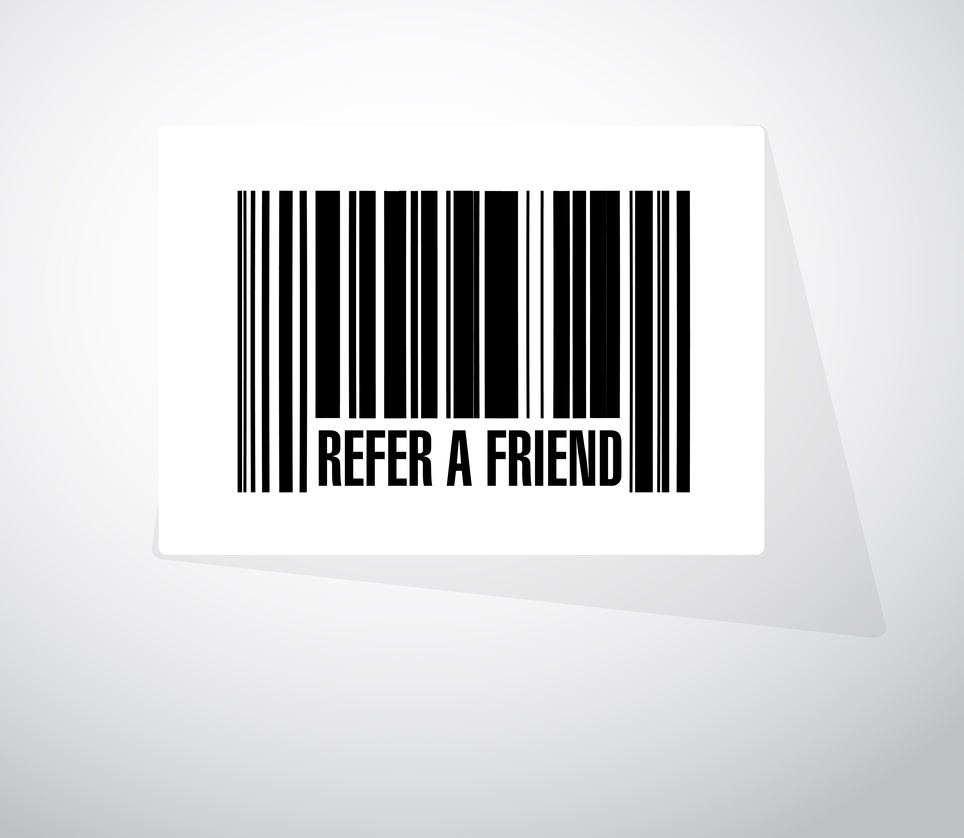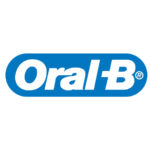Sharing referral codes requires enthusiasm and respect for guidelines. Don’t spam or coerce others; instead, share codes genuinely and transparently. Clearly communicate benefits and provide easy-to-follow instructions. Always be honest about any rewards involved. Avoid making the process complicated or using misleading language. Personalise your message and use appropriate platforms to share. Regularly monitor the performance of your codes and be open to feedback, adjusting your strategies as needed. Interested in mastering the nuances of referral code sharing? You’ll find valuable tips ahead.
Share With Genuine Interest
When you share referral codes with genuine interest, your enthusiasm and authenticity can significantly boost engagement and trust. People can sense when you truly believe in a product or service, and that sincerity makes all the difference.
Instead of just tossing out codes to anyone, think about why you like the product. Share personal experiences and explain how it’s benefited you. This genuine approach helps others see the real value, making them more likely to engage and consider the referral seriously.
Imagine you’re recommending a favourite restaurant to a friend. You’d naturally talk about the delicious food and excellent service you experienced. Similarly, when sharing referral codes, your heartfelt stories and genuine excitement can be infectious.
Authenticity not only helps build credibility but also strengthens your relationships. Your network will appreciate the honesty and effort, leading to higher engagement and more successful conversions.
Respect Program Guidelines
Understanding and respecting program guidelines is crucial to ensure you stay compliant and reap the rewards of referral programs. Always take the time to read and follow the referral program’s guidelines. This ensures you know the rules and requirements you need to meet.
Familiarise yourself with any restrictions or limitations on how referral codes can be shared or used. Some programs might’ve specific platforms where you can share your code or particular methods you must follow. Ignoring these can lead to disqualification or a loss of referral rewards.
Adhering to the program’s terms and conditions is vital. These rules are put in place to maintain fairness and integrity. If you don’t follow them, you risk not only your rewards but also your relationship with the company.
Respect the program’s policies on sharing referral codes, as this helps maintain a positive relationship with the company. Companies appreciate when participants honor their guidelines and are more likely to continue offering rewards.
Be mindful of any expiration dates or conditions associated with the referral codes. Using expired codes or not meeting the conditions can lead to missed opportunities and potential disappointment for those you refer.
Avoid Spamming Links
Respecting program guidelines is one part of the equation; avoiding spamming links is another key aspect of referral code etiquette. When you spam referral links, you risk damaging your reputation and alienating potential referrals. People generally find excessive sharing intrusive and annoying, and it can quickly turn your network against you.
Instead, be selective and strategic in your approach. Share your referral links only with individuals who might genuinely benefit from or be interested in the service or product. This selective sharing increases the chances of engagement and conversion, maintaining your credibility in the process.
Don’t Coerce Others
Pressuring others to use your referral code can ruin relationships and damage your reputation. When you force someone to use your code, it creates an uncomfortable situation. This coercive behavior can lead to resentment and potentially end friendships. It’s important to respect others’ decisions if they choose not to use your code. People appreciate having the freedom to make their own choices without feeling obligated or pressured.
If you push too hard, you may face negative feedback or backlash. No one likes to feel manipulated, and coercion can quickly turn people against you. Instead of forcing your code on others, encourage organic and voluntary use. Share your referral code in a way that feels natural and unobtrusive. People are more likely to respond positively when they don’t feel pressured.
Be Transparent and Honest
Always be upfront about any incentives or benefits you’ll receive from others using your referral code. Transparency is key to building trust with your network. Clearly disclose any rewards you might gain, whether it’s a discount, cash bonus, or other perks. This way, you’re not misleading anyone, and they’ll feel more comfortable using your referral code.
Make sure you explain the terms and conditions associated with the referral code. If there are any limitations, such as a minimum purchase amount or an expiration date, let them know. Being clear about these details prevents any misunderstandings and ensures they know exactly what to expect.
Avoid exaggerating or misrepresenting the benefits of the referral code. If a product or service has certain limitations, be honest about them. If you’re not entirely familiar with the product or haven’t used it yourself, say so. Your honesty will be appreciated and will enhance your credibility.
Use Appropriate Platforms
When sharing your referral codes, choose platforms where they’re relevant and well-supported, like e-commerce websites or subscription services. These platforms usually have a clear process for applying referral codes, ensuring your efforts aren’t wasted.
It’s crucial to avoid platforms where referral codes mightn’t be accepted or could come across as spam. For example, some forums or social media groups might’ve strict policies against unsolicited promotions.
Research the platform’s policies on using referral codes to ensure you’re not violating any terms of service. This step helps you stay compliant and avoid potential penalties.
Look for platforms with a strong user base and an active community. This increases the chances of your referral code being used and maximizes its effectiveness.
Avoid scattering your referral codes aimlessly. Instead, focus on platforms where users are likely to benefit from the product or service you’re promoting. By strategically choosing the right platforms, you make it easier for people to use your referral codes and increase your chances of earning rewards.
Personalise Your Message
Crafting a personalised message can significantly boost the chances of your referral code being used and appreciated. When you include the recipient’s name, it makes your message 22.2% more likely to be opened. People appreciate the effort it takes to tailor a message specifically for them, and it shows you value their time and effort.
To make your referral code stand out, mention something specific about the recipient’s interests or needs. This not only improves engagement but also builds a stronger connection. For example, if you know they love tech gadgets, mention how the service or product you’re recommending could enhance their tech experience. Such targeted messages are 75% more likely to be clicked on than generic ones.
Personalising your message also means you should avoid generic templates. Instead, write in a way that feels genuine and relatable. This approach can increase response rates by up to 50%, making your referral efforts much more effective. Remember, the goal is to make the recipient feel special and understood, which can significantly enhance the likelihood of them using your referral code.
Monitor and Adjust Strategy
To maximise the success of your referral program, you must continually monitor and adjust your strategy based on performance data and participant feedback. Start by tracking key metrics like conversion rates, customer lifetime value, and ROI. These metrics will help you understand how effectively your program is converting referrals into loyal customers.
Regularly analyze this data to identify trends and areas for improvement. For instance, if you notice a dip in conversion rates, it might be time to tweak your referral incentives or refine your messaging.
Pay close attention to where your most successful referrals are coming from. This source tracking will allow you to focus your efforts on the channels that yield the best results.
Don’t overlook the importance of participant feedback. Direct input from your customers can offer invaluable insights for optimizing your program. If they suggest changes or highlight pain points, take these observations seriously and make the necessary adjustments.
Conclusion
In summary, use referral codes with genuine interest and respect the program’s guidelines. Don’t spam or coerce others; instead, be transparent and honest.
Share your codes on appropriate platforms and personalize your messages for better engagement. Monitor your strategy and make adjustments as needed.
By following these do’s and don’ts, you’ll build trust and potentially earn more rewards while maintaining positive relationships.
Happy referring!














Recent Comments